Geumdwaeji Sikdang (금돼지식당)
2.5Km 2024-08-08
149 Dasan-ro, Jung-gu, Seoul
La Cucina (라 쿠치나)
2.5Km 2019-08-01
10, Hoenamu-ro 44ga-gil, Yongsan-gu, Seoul
+82-2-794-6005
La Cucina, located across from the main gate of the Grand Hyatt Seoul, is an Italian restaurant that opened in 1990. The kitchen of the restaurant is divided into five different sections each offering its own carefully selected cuisine. The main menu includes lobster spaghetti, Mediterranean seafood spaghetti and grilled lamb.
The restaurant offers over 700 bottles of wine from its cellar located in the basement of the restaurant. An in-house sommelier will assist you in choosing the best wine. At night, you may enjoy a fantastic view of the Namsan Seoul Tower while dining out on the terrace.
Inwoohouse [Korea Quality] (인우하우스 [한국관광 품질인증])
2.5Km 2025-07-18
9, Gyedong 6-gil, Jongno-gu, Seoul
Calle Gyeongnidan-gil (경리단길)
2.5Km 2023-01-26
Itaewon-dong 210-65, Yongsan-gu, Seúl
Châtaigne (샤떼뉴)
2.5Km 2021-12-29
19, Samcheong-ro 5-gil, Jongno-gu, Seoul
+82-2-736-5385
Châtaigne is a French restaurant housed in a charming hanok (traditional Korean house) that was remodelled to accommodate dining tables and chairs. Châtaigne uses seasonal ingredients to create a simple and unique French course meal.
Daesungjip (대성집)
2.5Km 2021-03-27
5, Sajik-ro, Jongno-gu, Seoul
+82-2-735-4259
Daejungjip has specialized in Dogani tang (ox knee joint soup) for 60 years. Customers can feel a simple and familiar ambience at the restaurant.
Hotel Elle Inn (엘르인호텔)
2.5Km 2025-07-17
24, Hangang-daero 71-gil, Yongsan-gu, Seoul
02-792-8700
Fatum (파툼)
2.5Km 2019-12-20
86-5, Samcheong-ro, Jongno-gu, Seoul
+82-2-739-9888
FATUM is famous for its great view of Samcheong-dong. Each floor is decorated with a different theme, from natural rocks on the first floor, comfort on the second floor, and indoor viewing places on the third and fourth floors, and outdoor seats on the fifth floor. The view features beautiful scenery including Bugaksan Mountain, Inwangsan Mountain, and Gyeongbokgung Palace at once, as well as a fantastic sunset from the café.
Puerta Heunginjimun (Dongdaemun) (흥인지문)
2.5Km 2023-02-21
Jong-ro 288, Jongno-gu, Seúl
La puerta Dongdaemun fue originalmente llamada Heunginjimun, y es la antigua entrada oriental a la ciudad de Hanyang (Seúl).
Dongdaemun fue edificada por el rey Taejo in 1396, renovada por el rey Danjong en 1453, y su actual estructura fue hecha por el rey Gojong en 1869. Aparentemente, la gente comenzó a llamarla Heunginjimun desde los tiempos del rey Sejo (1455-1468). Pese a que la puerta es conocida en general con el nombre de Dongdaemun, mucha gente aún la sigue denominando Heunginjimun, con la intención de preservar su antiguo legado.
La característica más interesante de Dongdaemun es que tiene un ongseong, un muro externo especialmente construido con forma de media luna. Originalmente, el palacio real en Hanyang se había erigido sobre un terreno bajo, por lo que era difícil defenderlo de las invasiones. Por ello, hicieron levantar un muro para compensar dichas desventajas. Se puede observar que la puerta fue hecha teniendo en consideración la geografía del entorno. Las rocas de ongseong tienen diferentes colores, que fueron cambiando a través de las diversas obras de renovaciones que sufrió la puerta.
En el centro del muro reforzado de piedra se encuentra la puerta más pequeña Hongyemun. Sobre esta, se halla el piso intermedio compuesto de cinco secciones y el techo tiene el estilo llamado "de Ujingak". En los aleros del techo están las estatuas japsang, que se parecen a animales y se dice que espantan a los espíritus malignos. La estructura de Dongdaemun tiene una intrincada técnica de los detalles y hay una gran exaltación de la decoración, con lo que muestra muy bien el estilo de la arquitectura que había en los últimos tiempos del período Joseon.
Hanok Guesthouse Dongchonchae [Korea Quality] / 한옥 게스트하우스 동촌재 [한국관광 품질인증/Korea Quality]
2.5Km 2021-03-26
21-10, Jahamun-ro 11-gil, Jongno-gu, Seoul
Built in 1939, Dongchonchae was designated as Seoul Well Hanok by the Seoul Metropolitan City in 2016. In 2020, this hanok (traditional Korean house) received the Certificate of KOREA QUALITY from the Korea Tourism Organization in the Heritage Hanok field in recognition of its historicity and quality of services. Dongchonjae is located in the western side of Gyeongbokgung Palace, at Seochon. When one passes through its main gate, one sees the yard, with anchae (women's quarters), sarangchae (men's quarters), and byeolchae (detached quarters) surrounding the plot. Anchae has four rooms, daecheong (wood-floored main hall), a kitchen, and a restroom. One of the rooms is used for tea ceremonies as well. Outside of the sarangchae and byeolchae, which are the living spaces for the owners, visitors have free access to the numaru (raised open floor) and the yard. The anchae’s rooms “Bom” and “Yeoreum” can accommodate 2 to 3 adults each, while the rooms “Gaeul” (Tea Room) and “Gyeoul” are optimal for two. The building is rented out as a whole, so no more than one group may stay in the building at any given time. Standard occupancy is four persons, and eight is the maximum number. There are two restrooms, one within the anchae building, one out in the backyard.
Cooking is not allowed in the kitchen, but guests are free to bring in outside food. Experience programs on offer include nighttime exploration of Seoul City Wall, tea ceremony, folk songs, and rice cake making. Additional payment is only required for rice cake making. Guests may choose between two types of complimentary breakfast: Korean, which comes with rice, soup, and three side dishes; and Western, which comes with bread, salad, and coffee. There are a 100-in screen and mini projector for film watching in the yard or daecheong. Towels, toiletries, hair dryer, bottled water, traditional tea, and capsule coffee are included. The kitchen is equipped with kitchen utensils, a microwave, and a coffee pot, enough for instant foods. Guests also have access to refrigerator and washing machine

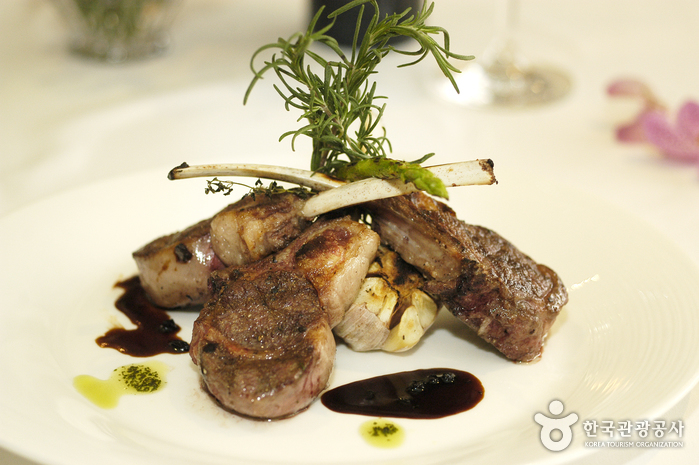
![Inwoohouse [Korea Quality] (인우하우스 [한국관광 품질인증])](http://tong.visitkorea.or.kr/cms/resource/56/3009456_image2_1.jpg)
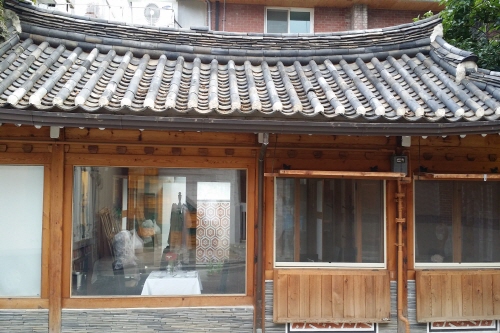
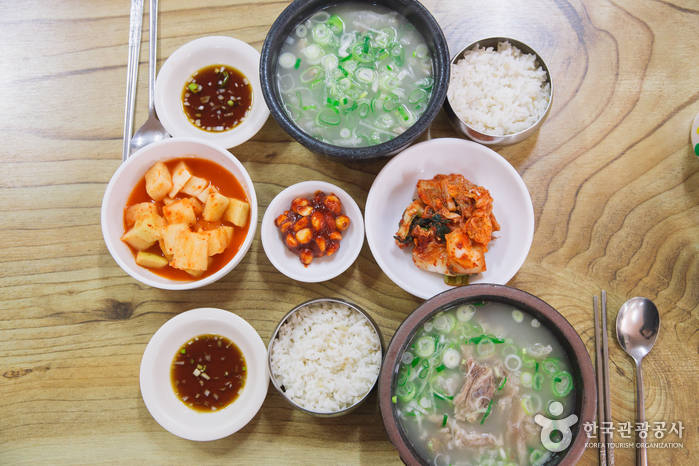
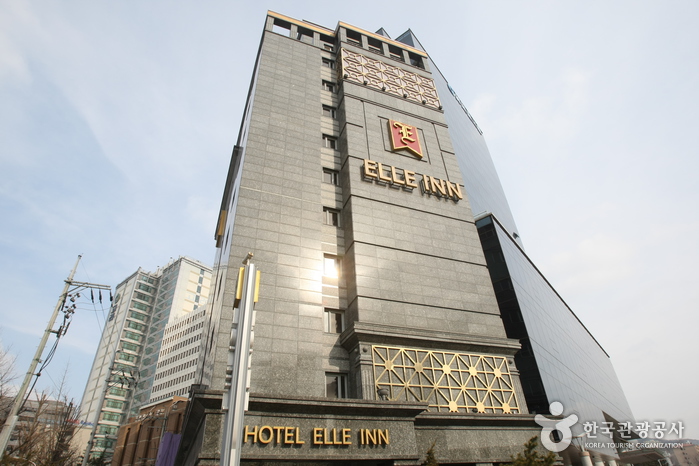
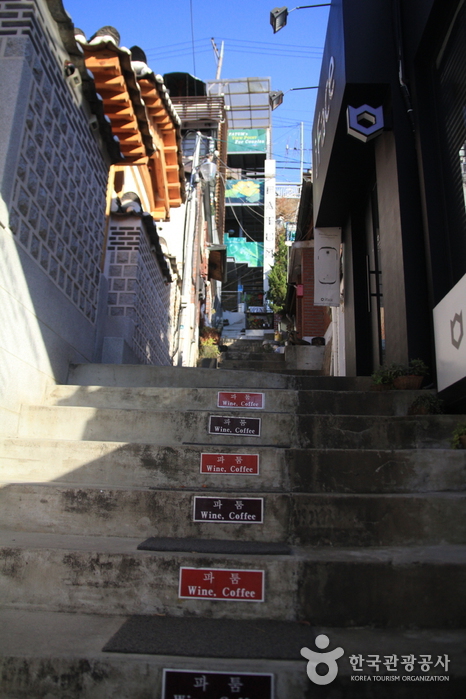
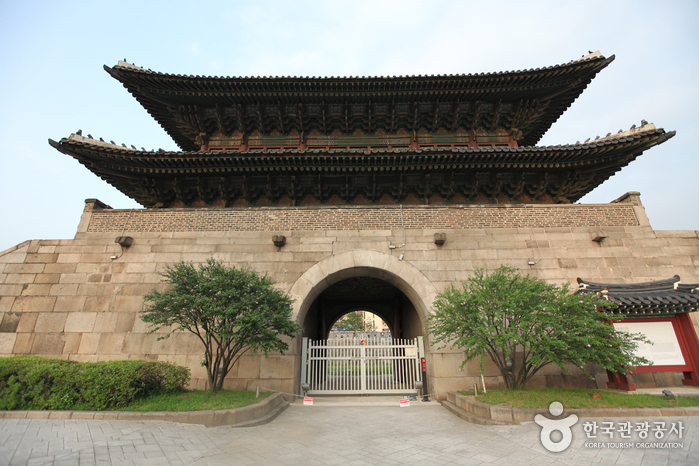
![Hanok Guesthouse Dongchonchae [Korea Quality] / 한옥 게스트하우스 동촌재 [한국관광 품질인증/Korea Quality]](http://tong.visitkorea.or.kr/cms/resource/96/2705896_image2_1.jpg)
 Español
Español
 한국어
한국어 English
English 日本語
日本語 中文(简体)
中文(简体) Deutsch
Deutsch Français
Français Русский
Русский